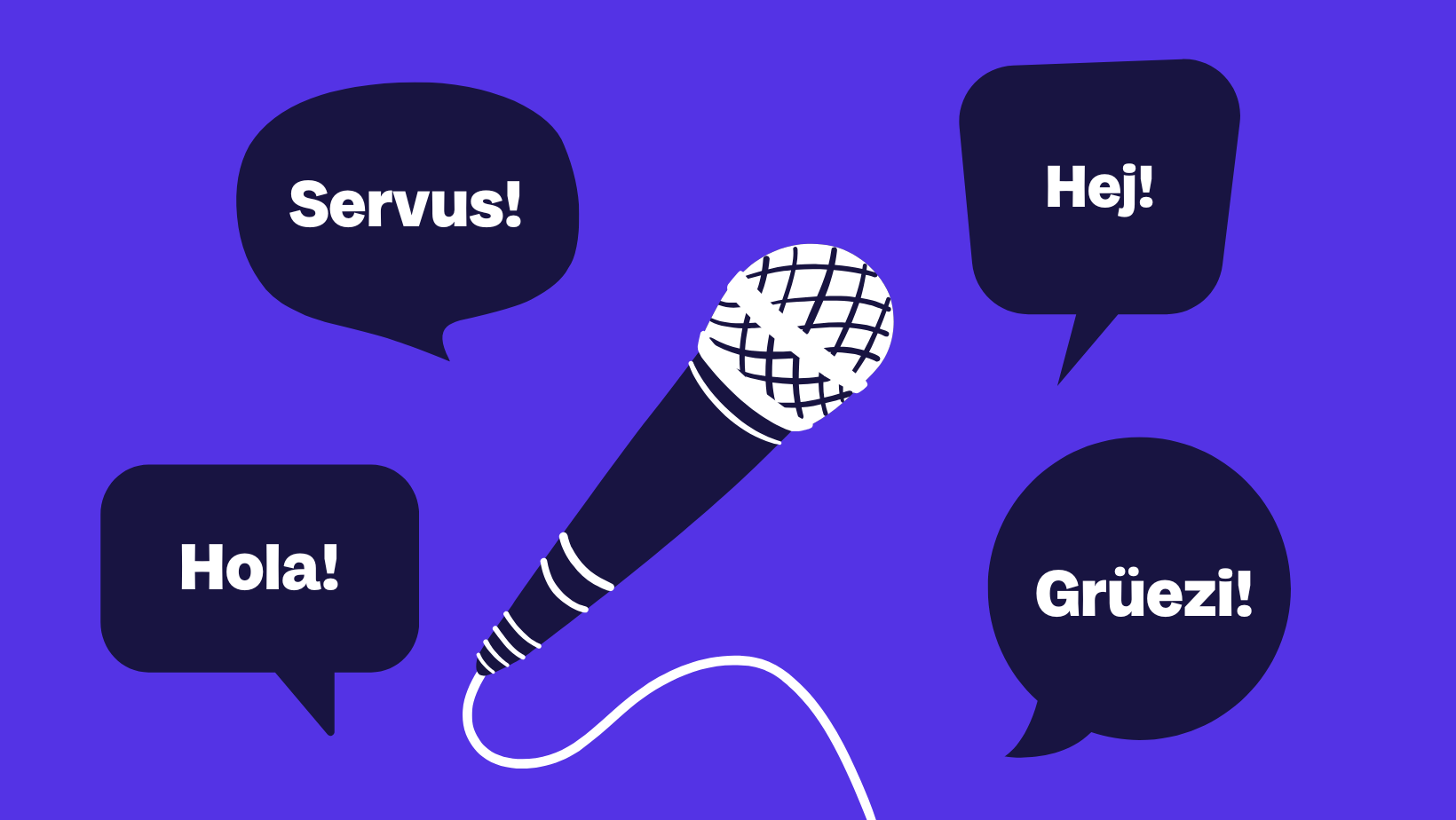Data Storytelling for the Fast Lane: Press Relations for Studies
Data is the new oil. Valuable information lies dormant in every company that can help to increase awareness and strengthen the brand. But when it comes to press work around studies, the engine quickly stutters. Incorrect content analyses, inadequate planning and the wrong target media are just a few of the most common mistakes made in PR measures in the course of data storytelling. Collecting and analyzing data takes a lot of time, resources and therefore often a lot of money. Here you can find out how oil prices are kept low and how the study engine runs better than any four-stroke engine:

Sensitive Data in Storytelling: Beware of the Dead End!
Before you can get started with data storytelling, you should take a look over your shoulder: Have there already been surveys of the company or the competition? What has the bounce rate been in the past – or in more detail: Which entries caused participants to leave? This knowledge is worth its weight in gold. As the number of details increases, so does the likelihood that you will lose a valuable participant. Keep your studies as short and concise as possible and – most importantly – be careful not to ask for information that is too sensitive. The more personal the statement to be made, be it the exact income or family background, the quicker you will reach a dead end with your survey. But: You know your customers and your clientele best. Weigh up what questions you can ask and keep learning for further surveys!
It doesn’t always have to be a Survey: Cold Start with your own Data
You have customers but no time for a survey? No problem at all: use the data you already have – anonymized, of course. The best way to start the cold start is to use your own data that you collect on a daily basis. Analyze – the classic – gender-specific differences, ratings, shopping trends and above all, check the information that your users have to enter in a standardized way. Exciting insights for data storytelling can already be gained here and, if necessary, annual changes can be identified. This information is not only a blessing for your corporate communications.

Qualitative vs. Quantitative Study: Accelerating even with few Data Sets
“We only have 100 data sets – is that even enough for a study?” This thought is absolutely justified in times when mammoth quantitative studies with several thousand survey participants are causing a stir. Of course, many answers promise a comprehensive overall picture. But even a small amount of data has great potential to be picked up by the top media.
In so-called qualitative studies, there are usually only a small number of survey participants. The special feature: The target group is very limited. From senior managers to C-level executives such as CISOs (Chief Information Security Officers), CPOs (Chief Product Officers), or professions that have hardly appeared in studies so far – find your niche! Specific target groups promise unimagined opportunities to accelerate your own survey despite fewer data sets.
Timing in Data Storytelling: Get up to speed quickly with good Planning
Observe the data storytelling of your competitors! You are often not alone in thinking about landing the next PR coup with studies. If you know that your opponent publishes an annual survey in the fall, you need to be quick and go out with your results beforehand. Set yourself a roadmap that includes when you will collect your data, how long the evaluation will take and how and with which PR measures you will approach the media. The processes must flow smoothly into one another. Make sure that your gearbox gets up to speed quickly. Carefully plan press releases and the preliminary approach to selected editorial offices. As soon as the story is ready, things have to move quickly. Contact selected editors before publishing the study and give them time to deal with the topic. Otherwise, you run the risk of your time-critical (!) news coming to nothing.

Pimp my Study: Infographics and Video snippets
Turning old junk cars into hip luxury vehicles – this is the credo under which rapper Xzibit transformed countless vehicles with his MTV show “Pimp my Ride”. Your data is probably not junk, but it still deserves an extensive data storytelling tune-up with additional formats. Exclusive, media-specific infographics make editors’ hearts beat faster. They manage to visualize your results in a way that is easy to understand. The content professionals quickly recognize the relevance of the topics and deal with your proposal in detail. Short video snippets are also a suitable means of making your analyses available to editorial teams.

Oil up your Engine: From the Acceleration Lane to the Fast Lane with Data Storytelling
Starting with the questionnaire or the preparation of existing data, through the procedure to the publication of the results: For your study engine to run, the planning and conception of your measures must be right. Also pay attention to who you offer the information to and stay true to your target media. Create added value and concentrate on relevant, focused results for the editorial offices when addressing them. If you take these tips to heart, nothing will stand in the way of the success of your press work in studies and you will move from the fast lane to the fast lane faster than you can change gear.
Share this article
Related articles

8 April 2025







